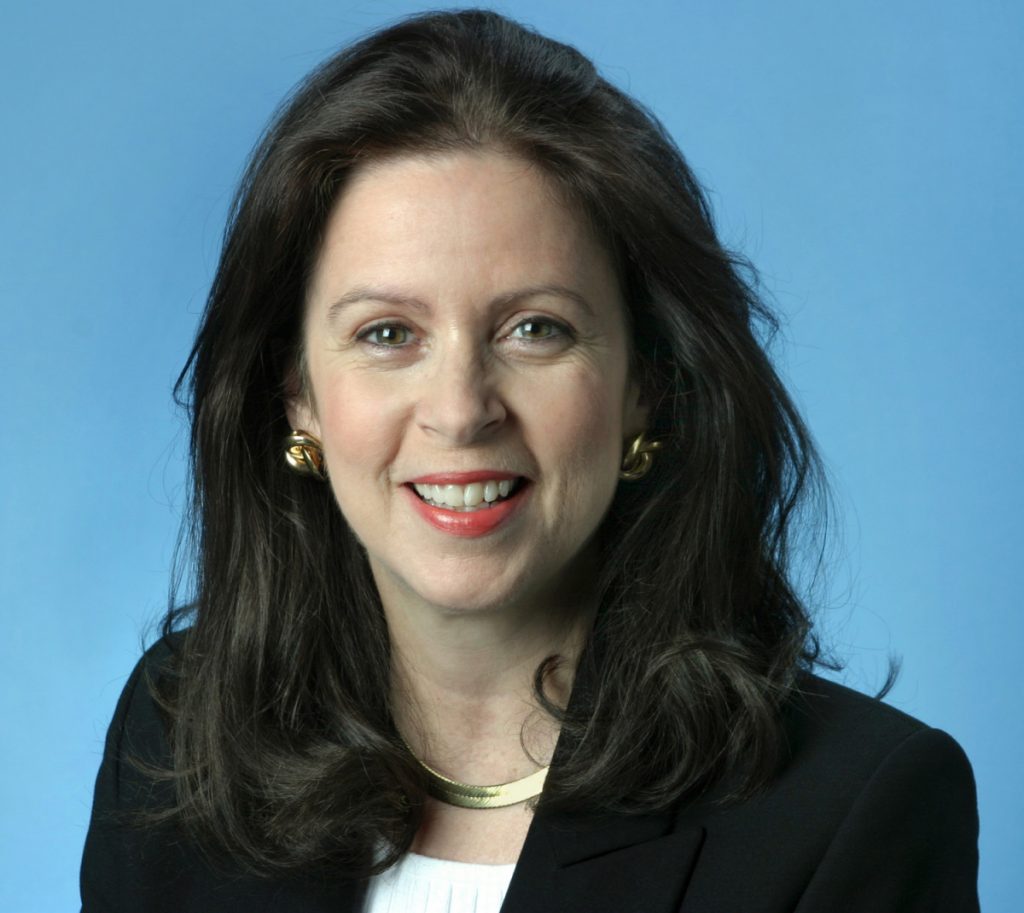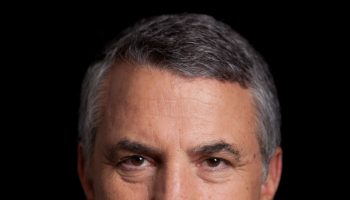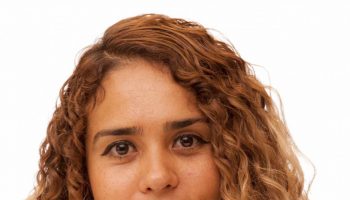
Susie Anderson
Staff Writer
Robin Wright has reported on 150 countries across all seven continents, carving out a career as one of the world’s leading voices on international conflict. However, her rise to global journalism was anything but predictable.
“I’m 5’ 1”. I grew up in Ann Arbor, Michigan. When I went to college, I was told, ‘Do you want to be a nurse or a teacher?’ ” Wright said. “How I ended up as a war correspondent is beyond me — I’m afraid of elevators.”
A contributing writer and columnist to The New Yorker and a fellow for the U.S. Institute of Peace and the Woodrow Wilson International Center for Scholars, Wright will return to the Amphitheater stage at 10:45 a.m. today for the Chautauqua Lecture Series Week Eight theme, “The Middle East: The Gulf States’ Emerging Influence.”
Before she witnessed the Iranian Revolution, the dissolution of communism with the fall of the Eastern Bloc of the Soviet Union or Nelson Mandela walk to freedom, Wright was the first female editor for the sports section at The Michigan Daily at the University of Michigan, where her father taught law.
His advice on navigating tensions guided her approach to journalism.
“He always taught his students and his children (that) to understand any issue, any crisis, any conflict, you have to stand on the top of the world and look down,” she said, “So that’s what I’ve always tried to do.”
Wright has channeled her father’s advice into collecting as many perspectives as possible in her coverage of conflict, political transitions and political powerhouses throughout her career. When examining conflicts, Wright wants to look at every angle of impact.
“When correspondents were embedded with American forces, I always went to the other side,” Wright said. “I always tried to understand, ‘Why are they killing Americans, or why are our allies being attacked? Or why has this conflict emerged?’ ”
As Wright reflected on her career and the many photographs of her standing next to world leaders — including the foreign minister of Iran, the president of the Palestinian National Authority and the presidents of Egypt and Tunisia — she considered the importance of storytelling.
“I get access to these people because everyone has a story and everyone wants to tell their story,” Wright said. “My only talent is listening.”
Beyond writing for The New Yorker, Wright has channeled her talent for listening into a career of work featured in The New York Times Magazine, The Washington Post, The Atlantic, TIME and Foreign Affairs. Her eight written or edited books further historicize conflicts and social tensions in a broader scope, connecting fast-paced headlines with an extensive past.
“It’s not just covering today’s story — it’s putting all the pieces together of a huge geostrategic puzzle … reporting on not just what is happening, but how and why it is happening and put it into context, not just in the moment but the decade, the century or the millennium,” she said.
Today, Wright will present the roots of the modern-day Gulf States by tracing their development back 50 years.
“I want to take the ideas, the challenges and the changes from the past to half a century to how the region has changed,” Wright said. There have been more changes in the Gulf in the last 50 years than in the last 500.”
Drawing from history from the Stone Age to the present, Wright will infuse the lecture with her personal experience while highlighting the most important transformations that have shaped the Gulf States’ current role in the world stage.
“This is a region that was traditionally a kind of backwater,” Wright said, “Today — because of economics, but more because of security — it is where the action is happening, where the economic life is, where the strategic challenges are.”
Her lecture aims to deepen Chautauquans’ understanding of the region, using historical context and human stories to bring it to life.
“I want to make people feel one anecdote from each of the countries — to show the change and the bigger picture — and add a little bit of color to make them identify with what happened,” Wright said.




